Gallbladder sludge. Do I need to remove it?
Опубліковано
21.05.2024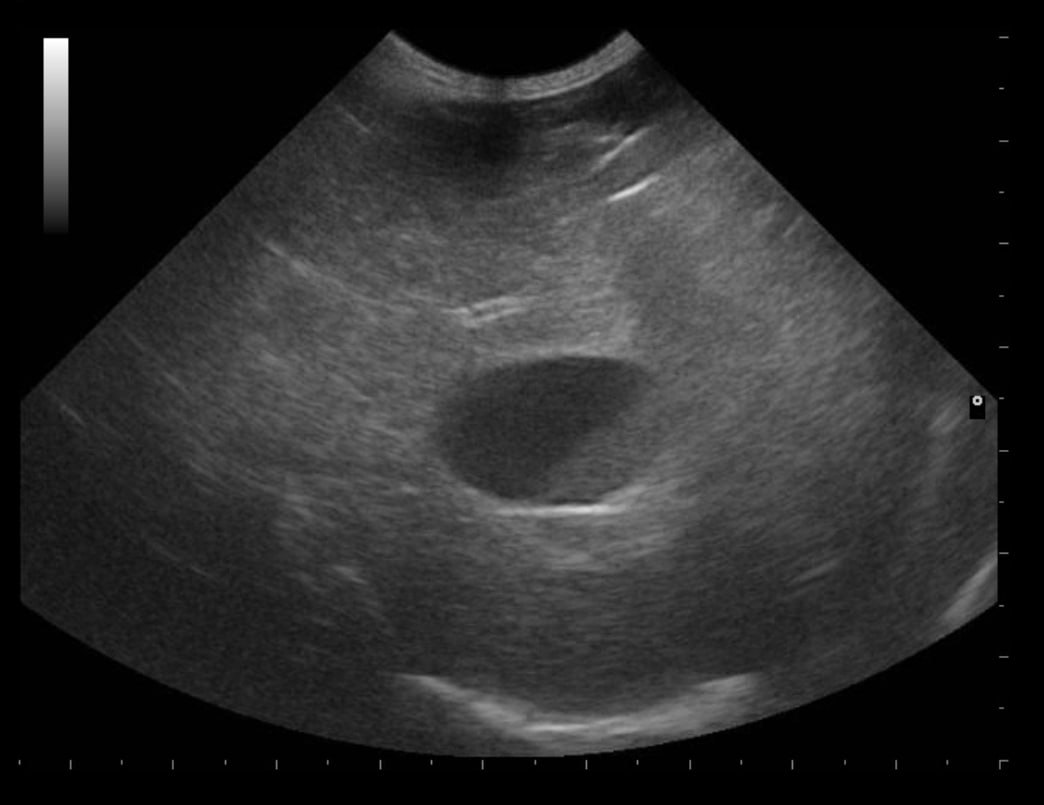
Gallbladder sludge.
An ultrasound examination of the abdominal cavity, which is recommended for our pets not only during the treatment of diseases but also as an annual monitoring of their condition, often provides a lot of new information about the condition of internal organs. A common finding in both dogs and cats is the presence of a dense sludge in the gallbladder. A frequent question when such a finding is made is whether it should be “treated”?
In order to understand this, we use several criteria for assessing situations:
- The volume of the sludge in relation to the gallbladder content.
- The presence of signs of inflammatory and other pathological processes in the biliary system, liver and other organs of the digestive system, which we see during ultrasound.
- Changes in the results of other studies (primarily biochemical blood tests).
- Presence of any symptoms.
- The physiological state of the animal: age, breed, fatness, presence of chronic diseases in the history.
According to these criteria, we can conditionally distinguish three typical situations:
- The cat or dog is completely healthy, has no history of previous pathologies, or pronounced changes in other indicators/organs. Small to moderate amount of sediment.
- No symptoms, but there is a lot of sludge (1/3 or more of the gallbladder volume) and/or (even if the amount of sludge is not so large) there are other changes in the results of the tests.
- In addition to changes in the results of ultrasound, other diagnostics, there are symptoms (not necessarily directly related to the digestive system - vomiting, diarrhea, abdominal rumbling, etc.)
The first group belongs to the category of those who do not need any additional actions. We check these pets prophylactically in a few months. Although it is believed that this condition of the gallbladder is normal for dogs and suspicious for cats, even in cats, we often do not go beyond periodic screening in such cases.
The second group is monitored in more detail: the dynamics of changes over the course of weeks or a month, depending on whether there are additional abnormalities in addition to the ultrasound picture of the sediment. Such girls and boys will eventually be included in one of the neighboring groups. Either they will remain under observation or, in case of negative dynamics, will become patients for active treatment and diagnosis.
Those who fall under the criteria of the third situation can begin treatment (in various combinations - choleretic therapy, treatment of the underlying disease, symptomatic stabilization) on the recommendation of a doctor. Given that biliary sludge syndrome (conditional sludge accumulation disease) is a companion of many problems, diagnostics will be situational (from the search for parasitosis and nutritional problems to endocrine pathology tests and bile sampling, liver biopsy). The specific approach is chosen individually in each case.
The topic of prevention is also relevant.
Not all pathologies accompanied by the accumulation of sediment in the gallbladder can be prevented. But there is something we can do to reduce the chance of encountering a pronounced biliary sludge problem, which requires active work. The main point is to maintain the health of the digestive system. Do not forget about regular treatment against intestinal parasites (even for cats that do not leave the house). We follow a healthy diet, do not overfeed, do not give too much fatty or carbohydrate food. In addition to the fact that dietary imbalance and overweight can directly affect the composition of bile, leading to an increase in the content of insoluble salts (which are often the basis of the resulting sediment). In addition, reactions from the gastrointestinal tract and pancreas change the dynamics of bile excretion from the gallbladder, which is a factor in bile stagnation and sludge formation. Properly selected basic nutrition (it doesn't matter whether it's food or “natural”) and supplementary feeding will help reduce such risks. Healthy activity is important both for weight control and for stimulating the functional activity of the digestive system. And let's not forget about the need for regular preventive examinations, correct and timely treatment of diseases that have befallen your pet.
Схожі статті
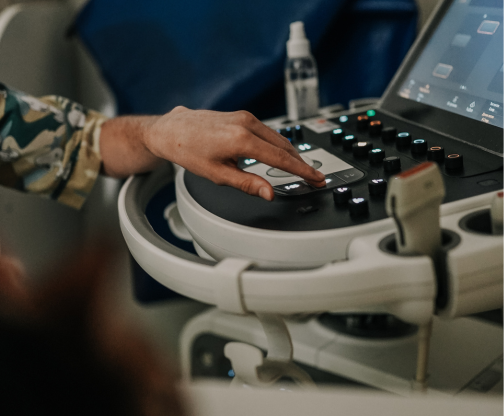
Preparation for ultrasound examination (ultrasound)
It is important to remember that proper preparation of the animal can significantly facilitate the abdominal ultrasound process. By performing this procedure, the doctor can detect possible problems in time and provide proper treatment. High-tech ultrasound is one of the ways to quickly and informatively diagnose and ensure a long and healthy life for our pets.

Brachycephalic syndrome in dogs and cats.
What exactly is brachycephalic syndrome and how to live with it, how to prevent complications for the body that this syndrome can lead to?
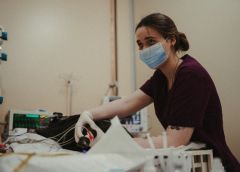
WHY ARE DOCTORS NOT ALL-POWERFUL?
A good doctor is worth its weight in gold. Everyone understands this and can spend years looking for the best one, and when they find one, they will expect miracles.
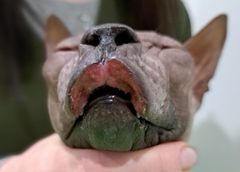
Allergy
Allergy
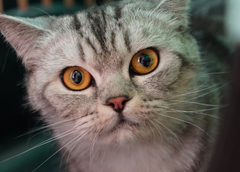
SYNDROME OF TIRED TANKLES IN CATS
Tired antennae of a cat or What do you know about fatigue?
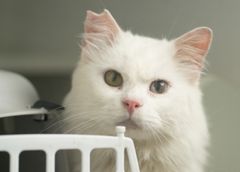
Bacterial myocarditis
This disease is extremely rare in dogs. In cats, it is even less common - 0.006-0.018% of cases.
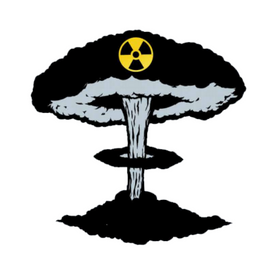
How to protect home lovers from radiation damage.
In recent days, we have received many calls asking for advice on the need to protect animals during a possible radiation exposure.
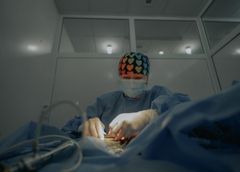
STERILIZATION AND CASTRATION OF CATS AND DOGS
Such operations do not affect the change of the animal's character. They can be done from an early age, in particular from 8 weeks. Convenience, first of all for the animal, is that the young organism has the ability

Side effects of antiparasitic drugs
The need for tick and flea treatments for pets is a well-known fact.
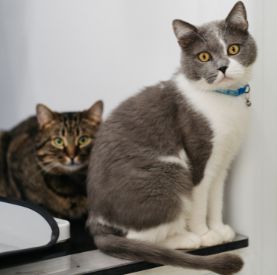
How you can help calm cats and reduce stress today
the head of the felinology department, tells us.

